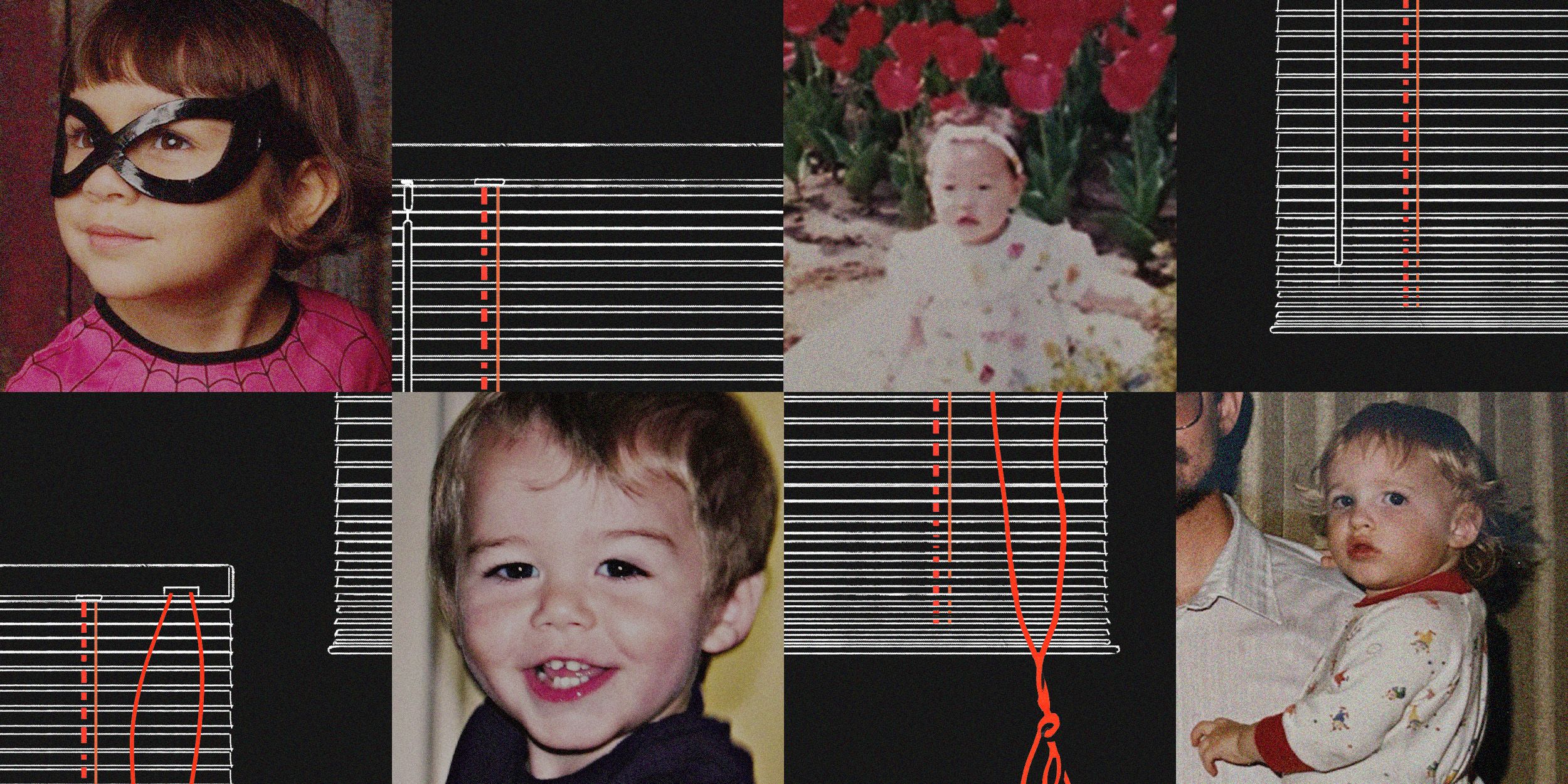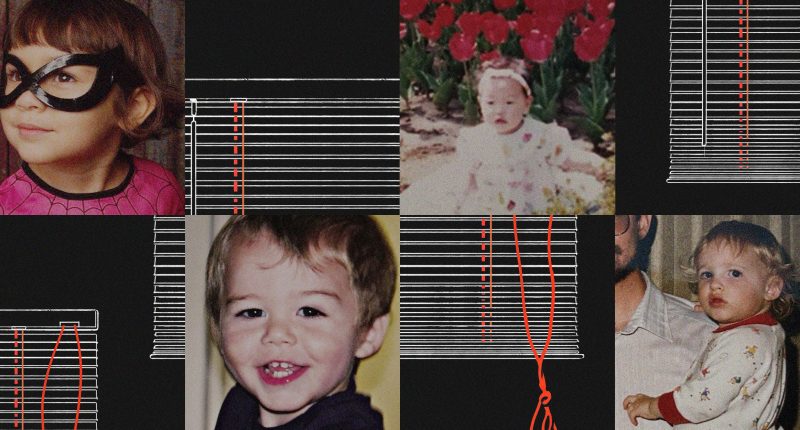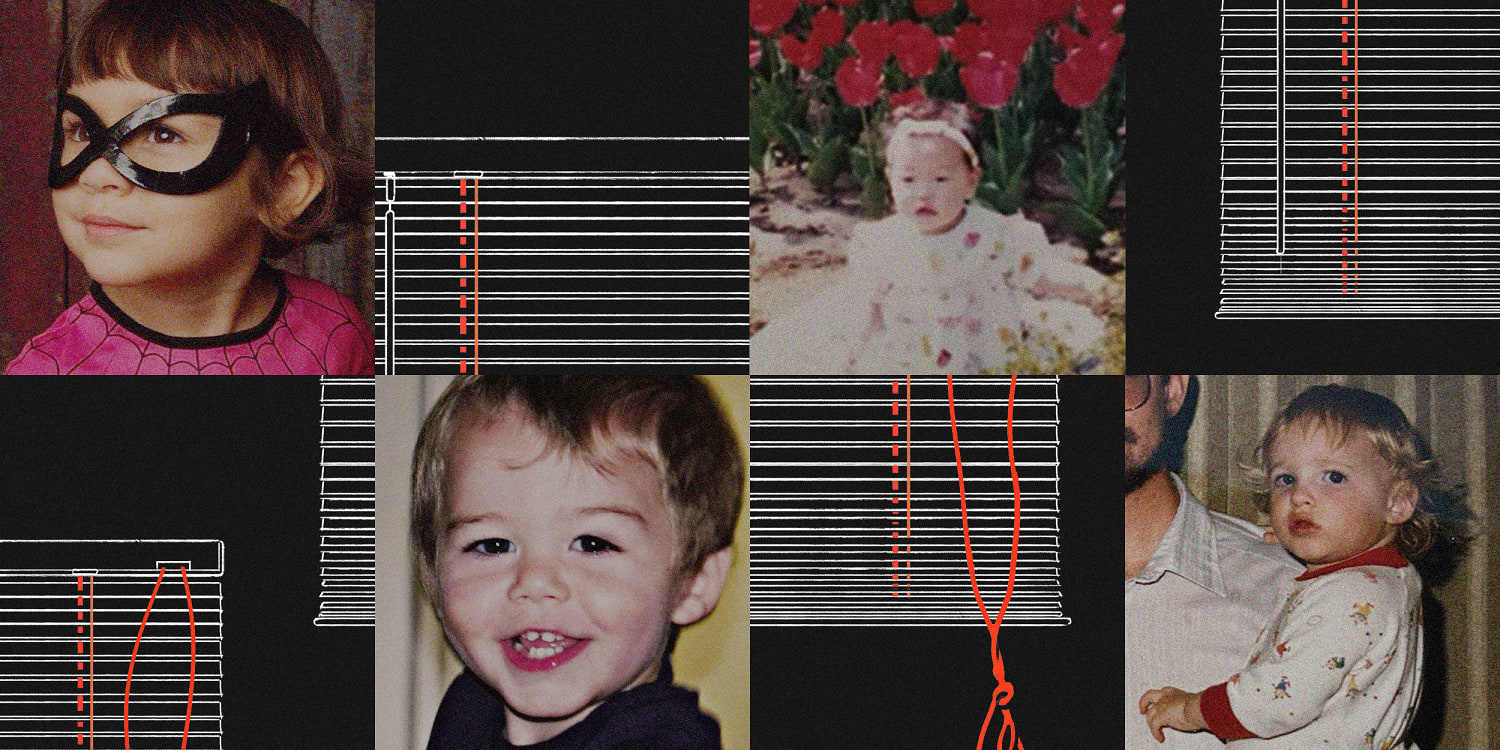
Oct. 4, 1994: New attempts to reduce the risk
The CPSC warns that children are continuing to die from the hazard — about one every month — and announces a “major cooperative effort” with the Window Covering Safety Council, a newly created coalition of U.S. manufacturers, importers and retailers that aims to inform consumers about cord dangers.
The program encourages people to cut looped pull cords into two separate strands and offers free safety tassels to put on the end of each cord.
The Window Covering Safety Council advises parents to cut looped cords on its website in the 1990s.
The Window Covering Safety Council advises parents to cut looped cords on its website in the 1990s.
It also includes a public education campaign and a plan for manufacturers to begin producing operating cords with “a new safer design.” One example is a breakaway tassel, which snaps into two pieces when weight is placed on it to prevent children from getting caught in a loop.
Ann Brown, then-chair of the CPSC, says the effort “epitomizes how government and industry can work together to save lives.” But the agency does not require manufacturers to make the safety changes.
Nov. 27, 1996: The industry sets a standard
As deaths continue, the industry creates its first voluntary safety standard in collaboration with the CPSC.
The standard codifies changes that some manufacturers have already begun to make, including adding safety devices designed to conceal or separate cords.
But the standard doesn’t address inner cords, which run through the center of window coverings and can also form a dangerous loop. And it doesn’t address the length of the separated operating cords, which can still pose a risk if children wrap them around their necks, or if they are knotted together or become tangled.
The standard is not mandatory, but it is embraced by leading manufacturers and is broadly adopted.
Aug. 18, 1998: Hannah Beller, 16 months, dies after getting entangled in a window blind cord
Elizabeth Raver puts her 16-month-old daughter, Hannah Beller, down for a nap in a playpen at a beach house on North Carolina’s Outer Banks, where the family is on vacation.
Raver feels confident that she has childproofed the house: She has plugged in outlet covers that she brought with her, and when she places Hannah down to sleep, she makes sure the pull cord of the blinds is out of reach.
But Hannah, who likes to play in her crib after she wakes up, is still able to grab the inner cord of the blinds. When her father, Eric Beller, checks on her, he discovers her hanging from the inner cord. He starts screaming.
“I don’t know how she got herself up to do it,” he says. “We had no idea that this was a danger.”
At the hospital, Hannah is pronounced dead.
Beller and Raver become advocates for window blind safety, sharing Hannah’s story on national television.
“Eric and I put ourselves out there in a very public way, despite our grief, to try to prevent more deaths from happening,” Raver says. “We expected there to be a lot more action.”
Nov. 1, 2000: Millions of window blinds recalled
The CPSC and the Window Covering Safety Council announce a voluntary recall affecting millions of horizontal window blinds after the CPSC receives reports that inner cords have strangled at least 16 children since 1991.
Rather than urging consumers to remove and return the dangerous blinds, the recall offers a repair kit to prevent children from pulling the inner cords loose.
“Consumers who have young children may wish to consider purchasing cordless window coverings,” the recall concludes.
Cordless window coverings lack an operating cord, which makes them safer, but they are generally more expensive and aren’t as widely used. Replacing all the window blinds in a home can be costly and isn’t always permitted in rental housing, even if families can afford it.
June 12, 2002: Cheyenne Rose Kaiser, 12 months, dies in the bedroom she shares with her twin brother
Linda Kaiser puts her 1-year-old twins, Cheyenne and Seth, in their cribs at the family’s home in suburban St. Louis. The twins like to babble and laugh with each other before falling asleep.
Source: | This article originally belongs to Nbcnews.com










